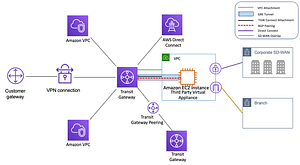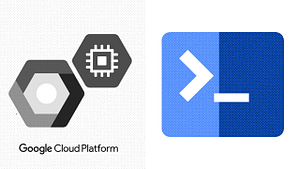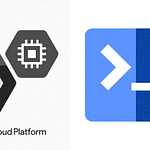Azure is a leading cloud computing platform that offers a range of services for businesses of all sizes. If you’re new to Azure and wondering how to get started, this blog is for you. In this post, we’ll walk you through the steps to get started with Azure, including setting up an account, choosing the right services, and getting familiar with the Azure portal.
The first step in getting started with Azure is to set up an account. This can be done through the Azure website, where you’ll be asked to provide some basic information such as your name, email, and company name (if applicable). You’ll also need to choose a pricing tier and payment method. Azure offers a range of pricing options, including pay-as-you-go and discounted plans for businesses.
Once you’ve set up your account, it’s time to choose the services that are right for your business. Azure offers a wide range of services, including virtual machines, storage, databases, and more. To determine which services you need, consider your business’s specific needs and goals. For example, if you’re looking to host a website, you’ll need to choose a service such as Azure Web Apps or Azure Virtual Machines. If you’re looking to store and manage data, you might consider Azure SQL Database or Azure Storage.
Once you’ve chosen your services, you’ll need to get familiar with the Azure portal. The Azure portal is a web-based interface that allows you to manage your Azure resources and services. It’s a powerful tool that can help you deploy, monitor, and manage your resources. Some key features of the Azure portal include the ability to create and manage virtual machines, view usage, and billing data, and set up alerts and notifications.
Another important aspect of getting started with Azure is learning how to use Azure Resource Manager (ARM). ARM is a tool that allows you to manage your Azure resources as a group, rather than individually. This makes it easier to deploy, manage, and delete resources, as well as track changes and rollback if needed. ARM also allows you to use templates to deploy resources in a consistent and repeatable way.
In conclusion, getting started with Azure is a simple process that involves setting up an account, choosing the right services, and getting familiar with the Azure portal and ARM. With these steps in mind, you’ll be well on your way to taking advantage of the benefits of Azure cloud computing. Check out this blog to understand Azure And The Future Of Cloud Computing












One Response